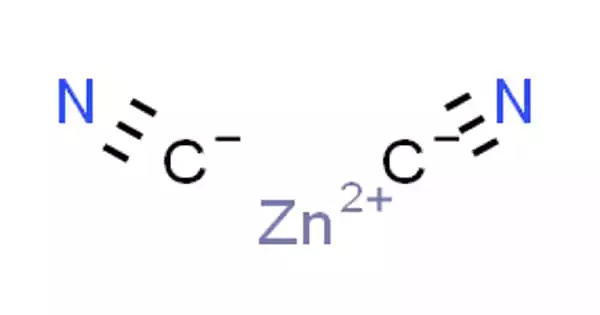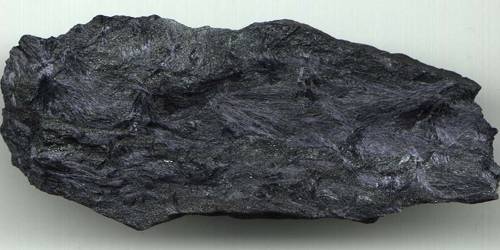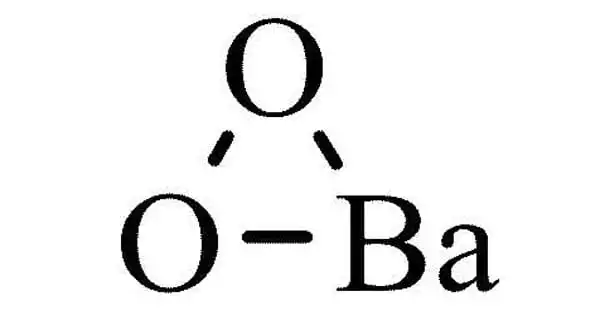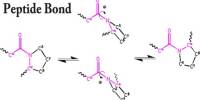Antimony trisulfide (Sb2S3) is found in nature as the crystalline mineral stibnite and the amorphous red mineral (actually a mineraloid) metastibnite. It is a grayish to yellowish solid that is insoluble in water. It is an inorganic compound that is primarily used as a component in various industrial applications, including in the production of fireworks, matches, and as a flame retardant.
It is manufactured for use in safety matches, military ammunition, explosives and fireworks. It also is used in the production of ruby-colored glass and in plastics as a flame retardant. It was also used as the image sensitive photoconductor in vidicon camera tubes. It is a semiconductor with a direct band gap of 1.8–2.5 eV. With suitable doping, p and n type materials can be produced.
Properties
Antimony trisulfide is a yellow or orange to black powder, depending on its polymorph and oxidation state. It is relatively stable under normal conditions but reacts with oxidizing agents, like oxygen, to form higher oxides of antimony (e.g., Sb₂O₃). It can also react with halogens and acids. It is combustible and is used in pyrotechnics and explosives due to its ability to undergo exothermic reactions.
- Chemical formula: Sb2S3
- Molar mass: 339.70 g·mol−1
- Appearance: Grey or black orthorhombic crystals (stibnite)
- Density: 4.562g cm−3 (stibnite)
- Melting point: 550 °C (1,022 °F; 823 K) (stibnite)
- Boiling point: 1,150 °C (2,100 °F; 1,420 K)
- Solubility in water: 0.00017 g/(100 mL) (18 °C)
Natural Occurrence
Antimony trisulfide is commonly found as a natural mineral called stibnite (also known as antimony glance), which is the primary ore of antimony. Stibnite has the chemical formula Sb₂S₃ and is often found in hydrothermal veins and in association with other minerals like quartz, calcite, and barite.
Stibnite deposits are often located in areas with active or historical volcanic or geothermal activity, as these conditions facilitate the formation of antimony sulfides.
Applications
- Fireworks and Matches: Antimony trisulfide is commonly used in the pyrotechnics industry to create effects such as sparks and to increase the intensity of the burn in fireworks and match compositions.
- Flame Retardants: Due to its flame-retardant properties, it is used in certain plastics and textiles.
- Battery Technology: It is used in some types of batteries, such as antimony-based lead-acid batteries, due to its conductivity.
- Pigments: It is also used in the production of certain pigments.
Safety Considerations
- Toxicity: Antimony trisulfide is considered toxic and should be handled with care. Prolonged exposure to its dust can lead to respiratory problems and skin irritation.
- Environmental Impact: It is important to properly dispose of materials containing antimony trisulfide to prevent environmental contamination.
















